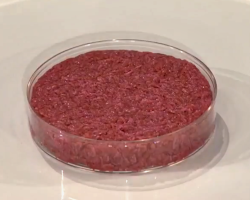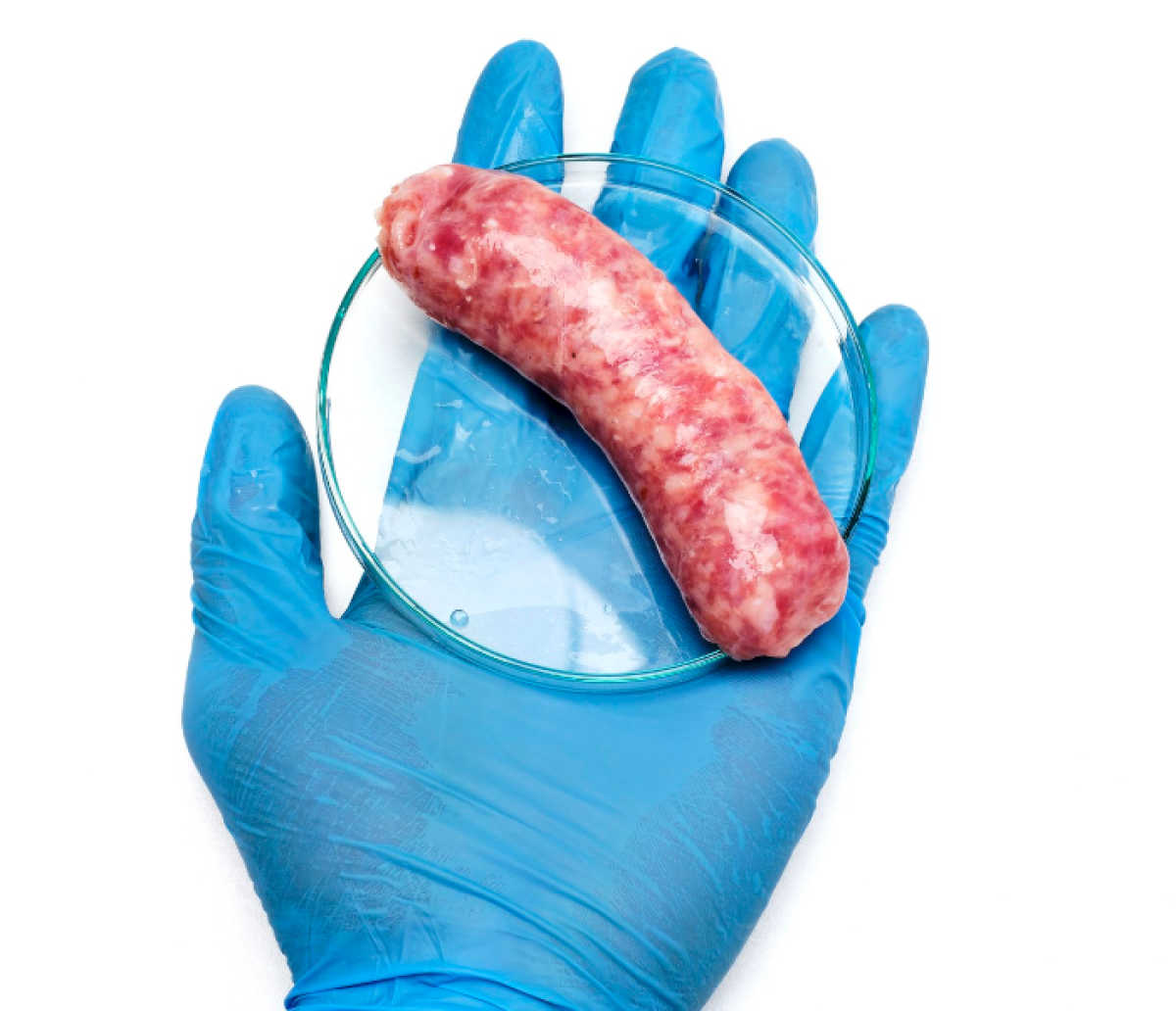You are at the dinner table and you can't wait to devour the cooked piece of sausage on your plate. You take your first bite and you feel pure joy. The meat is as juicy and delicious as always. What is different, however, is that this meat did not come from a live animal, but was instead custom made for you in a lab! One of the most recent innovations in tissue culture is tissue-cultured meat. This meat is artificially grown in the lab using cells from animals.
Why grow meat in the lab?

Studies show that the meat industry heavily impacts the environment. Some reports from the UN say that the livestock sector is responsible for 14.5% of greenhouse gas release. It is also responsible for using 30% of the land on Earth and 8% of global freshwater. Also, poor animal welfare conditions can lead to the spread of diseases like the swine and avian flu. The COVID-19 pandemic is another, more recent example. There are also many ethical concerns regarding how the meat industry kills animals.Considering all this, lab-grown meat might be here to save the day.
Growing meat from scratch
How can meat, which comes from living, breathing organisms, be created in the lab, you might wonder? The logic behind this is quite simple. Meat is actually an animal's skeletal muscle. The skeletal muscle is made up of muscle cells, fat, and blood, all packed together in a certain way. The way these are packed depends on the extracellular matrix (ECM), a structure made of complex proteins and sugars. If you made a recipe for making meat in a lab, it would usually need these key ingredients:

- Unspecialized stem cells that can specialize into muscle and fat cells.
- Endothelial cells that can make blood vessels.
- A 3D porous biomaterial that mimics the ECM, called a scaffold. This can be made using proteins such as collagen. It can also be made using edible materials such as sugars or even plants.
The skeptics’ point of view
Although lab-grown meat might seem like a fair alternative to actual meat, it has been a subject of strict criticism for some time now. The skeptics argue that we still don't fully understand the nutritional value of lab-grown meat. Can it provide us with all the essential micronutrients? Also, will lab-grown meat be able to compete with other plant-based meat alternatives?
Tissue cultured meat also isn’t entirely free of animal products. It often uses serum (the liquid part of blood) from young cows. Would this then go against the ethics of concerned individuals? The debates may go on. So, will lab-grown meat be a revolution in the meat-eating culture? We will have to wait and watch to find out.
Additional Images from Wikimedia Commons. Image of sausage in a gloved hand by The Focal Project via Flickr.
Read more about: Growing Cells
Bibliographic details:
- Article: Lab Meat
- Author(s): Dr. Biology
- Publisher: Arizona State University School of Life Sciences Ask A Biologist
- Site name: ASU - Ask A Biologist
- Date published:
- Date accessed:
- Link: https://askabiologist.asu.edu/laboratory-meat
APA Style
Dr. Biology. (). Lab Meat. ASU - Ask A Biologist. Retrieved from https://askabiologist.asu.edu/laboratory-meat
Chicago Manual of Style
Dr. Biology. "Lab Meat". ASU - Ask A Biologist. . https://askabiologist.asu.edu/laboratory-meat
Dr. Biology. "Lab Meat". ASU - Ask A Biologist. . ASU - Ask A Biologist, Web. https://askabiologist.asu.edu/laboratory-meat
MLA 2017 Style

In the future, all of our meat may be grown in a lab.
Be Part of
Ask A Biologist
By volunteering, or simply sending us feedback on the site. Scientists, teachers, writers, illustrators, and translators are all important to the program. If you are interested in helping with the website we have a Volunteers page to get the process started.

